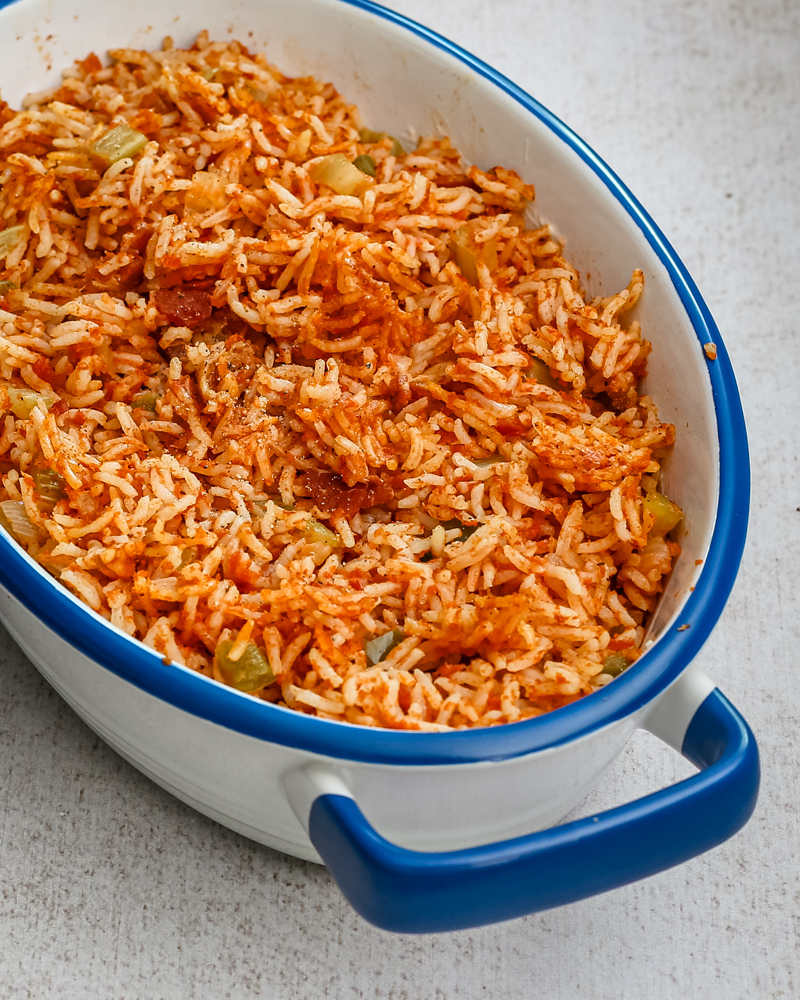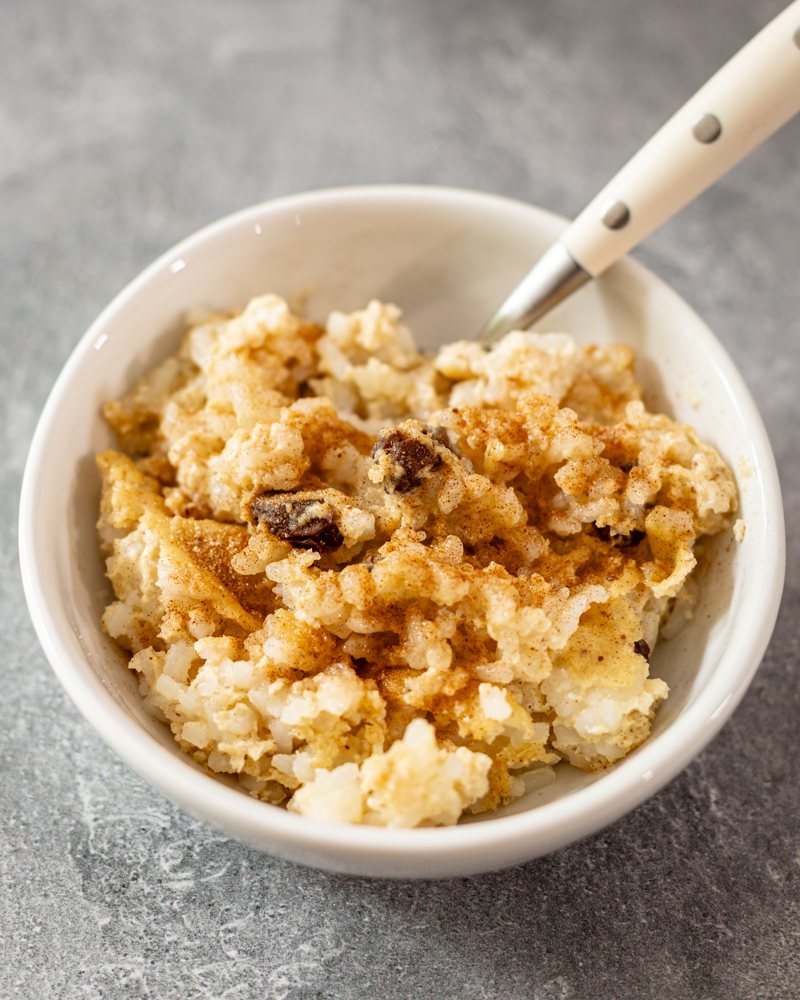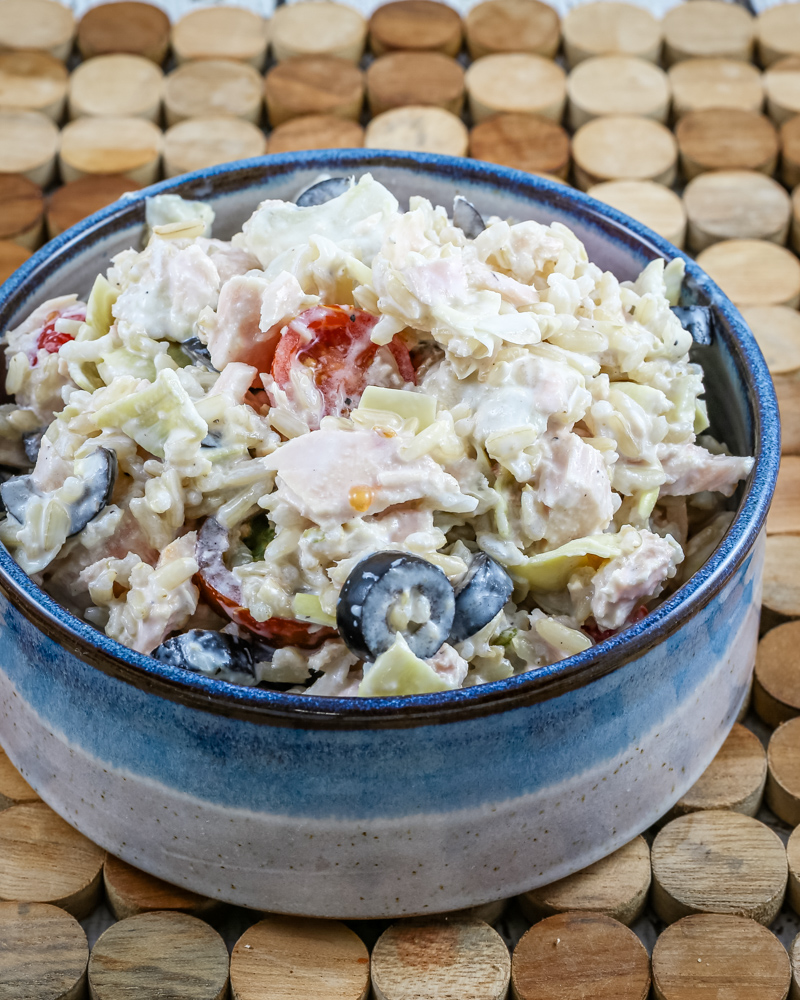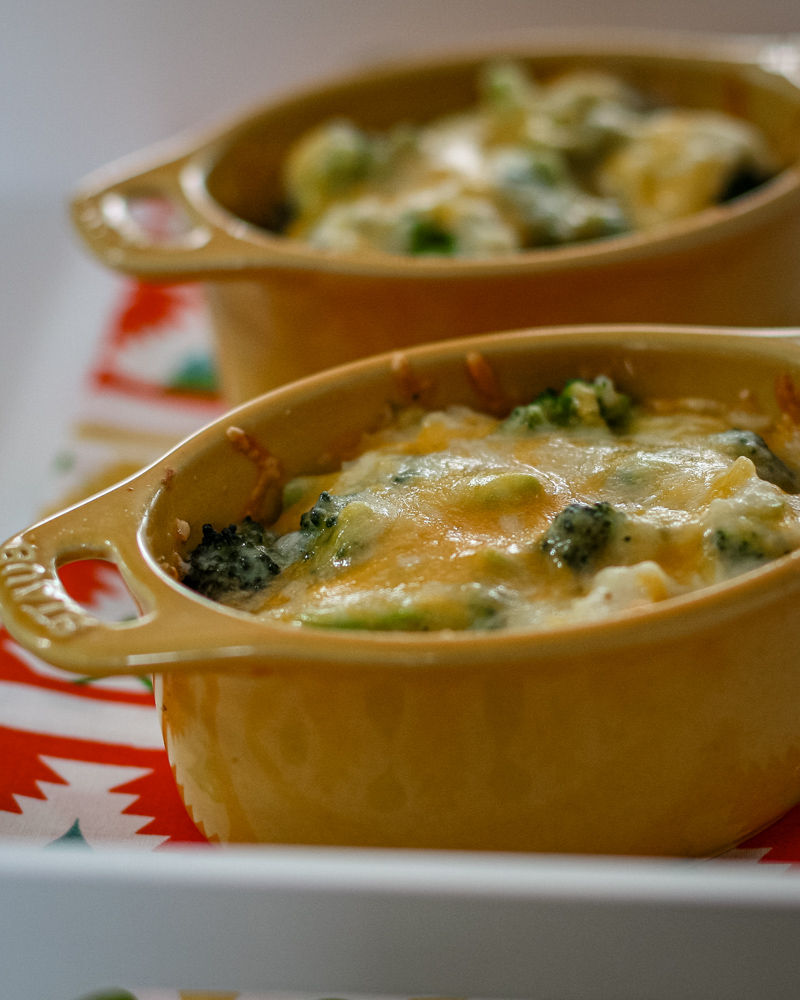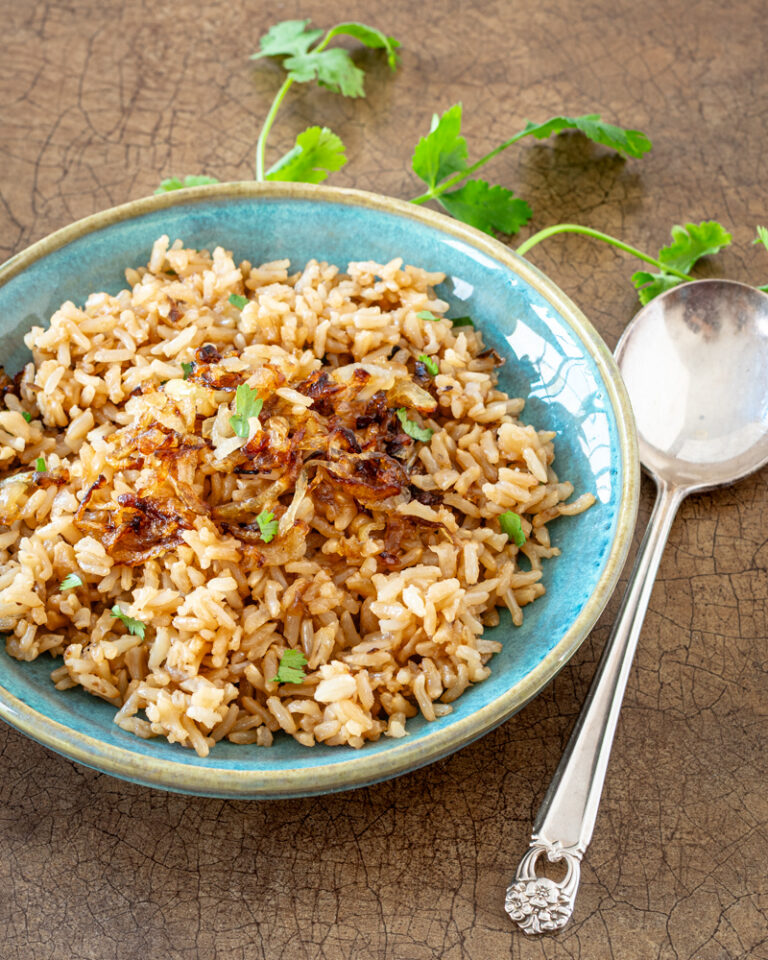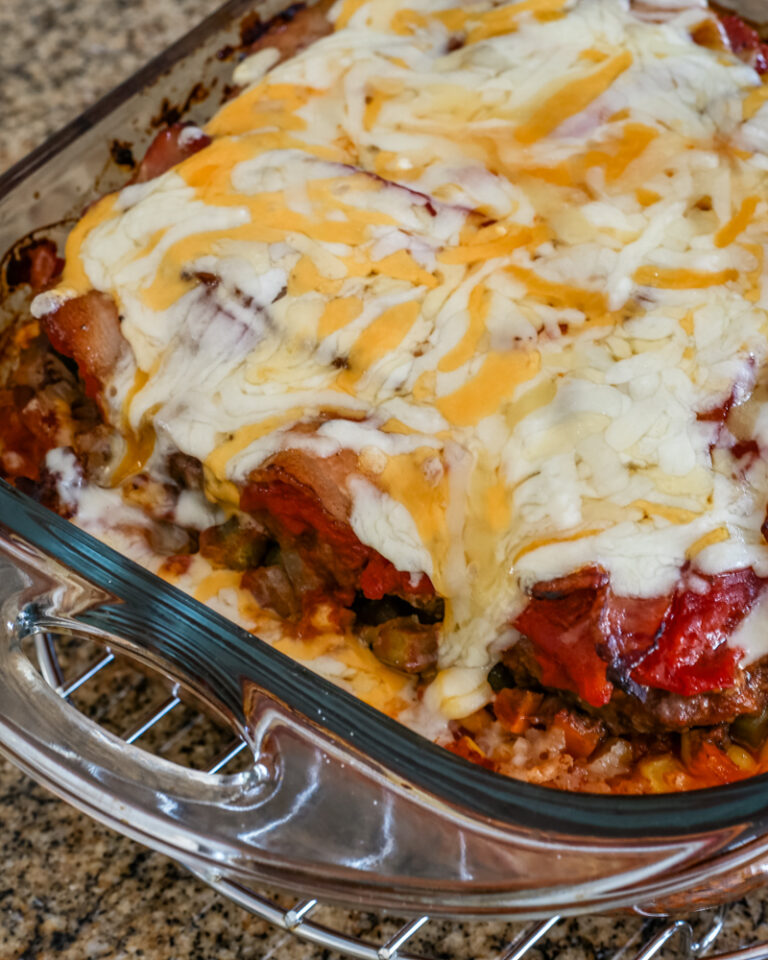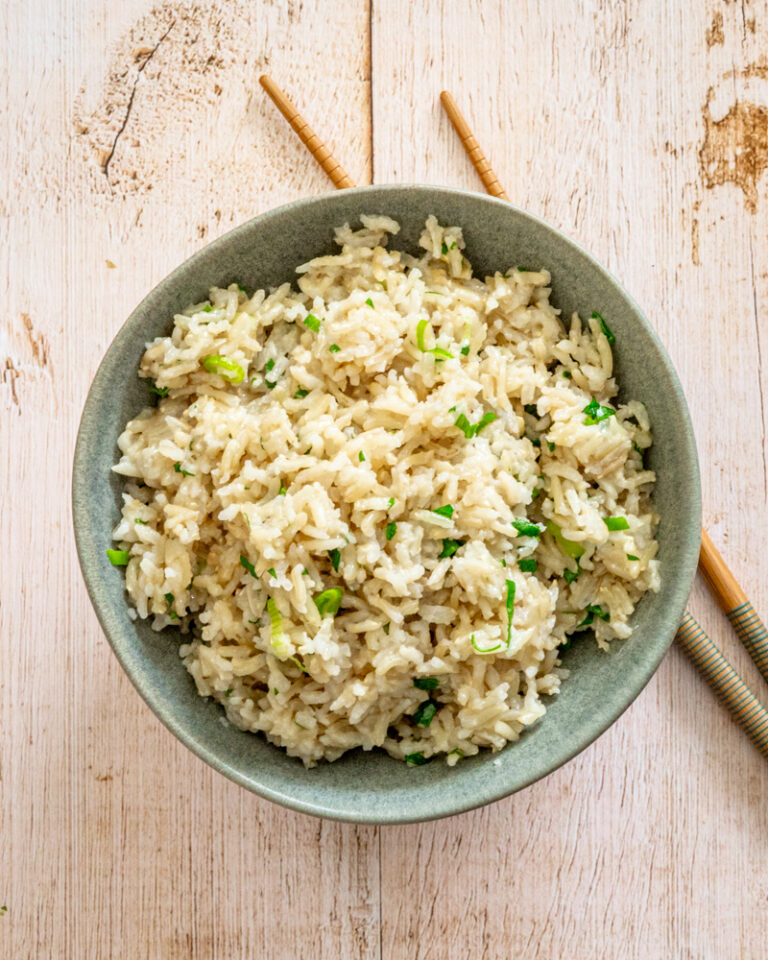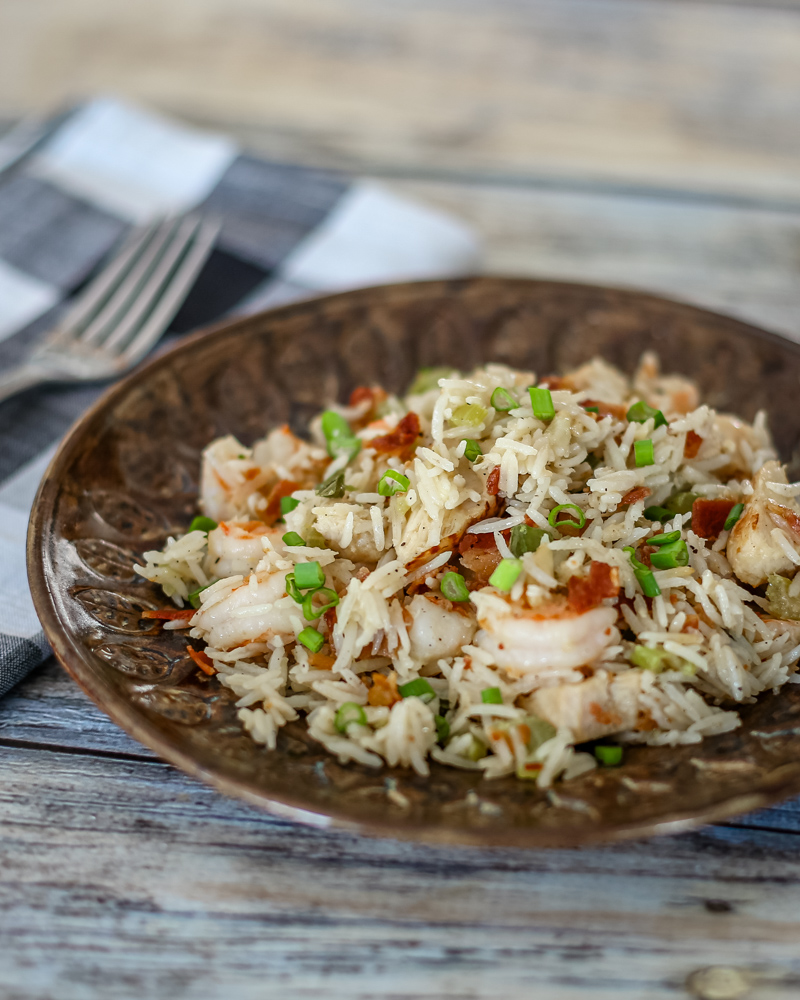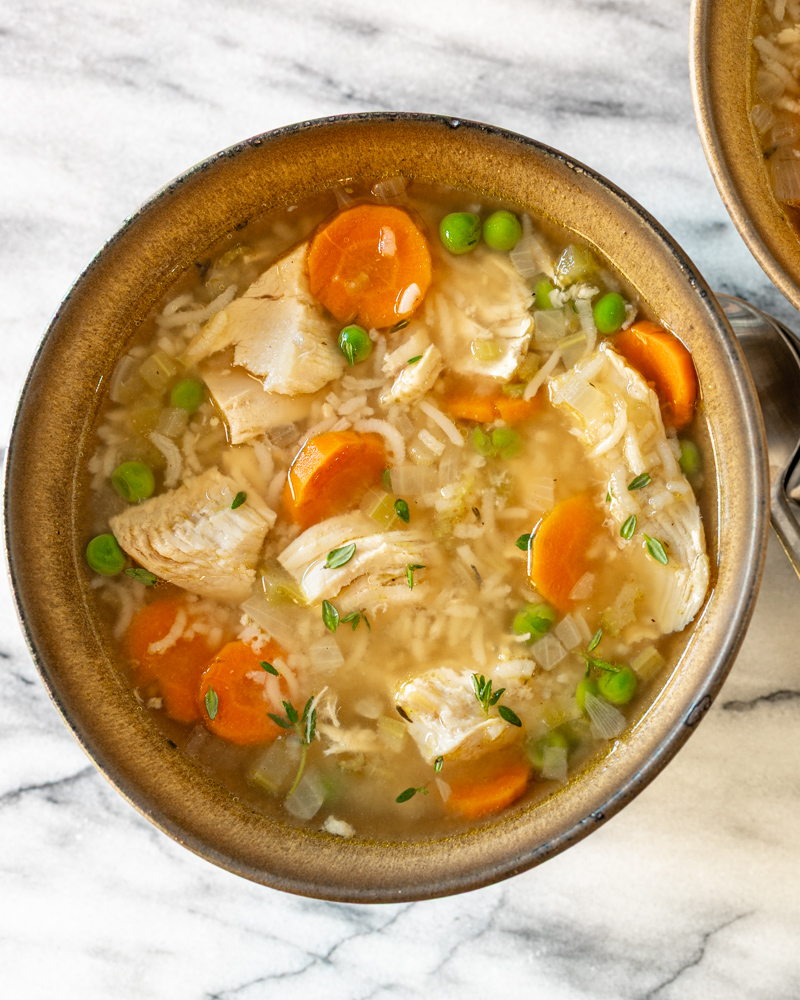Types of Rice and How to Cook It
Explore the diverse world of rice and discover how to cook different types of rice for tasty and nutritious meals.

This post may contain affiliate links. See our Privacy Policy.
Rice has been grown and eaten for thousands of years. It’s a cereal grass that is believed to have originated in the Himalayas. Rice was not originally a tropical crop as one might think from the places it is grown today. The practice of growing it in flooded fields was developed as a way to discourage vermin, keep weeds to a minimum, and increase yields.
Rice cultivation in the United States began in the Carolinas in the late 17th century with seeds that were purported to have been brought from Madagascar. US rice was successful in large part due to enslaved people who had cultivated rice in Africa. American rice suffered a severe setback during the Revolutionary War when the British seized the entire crop and sent it back to England, leaving no seeds for new crops. Thomas Jefferson is said to have gone to Italy in 1787 and brought back rice seeds to revive the industry. “Carolina Rice” is the resulting long grain variety that became a major crop in the 19th century. Today very little rice is grown in the Carolinas and American rice growing has shifted to the Gulf states and to California, which has become the main American producer of short grain rice.
Rice Varieties
There are thousands of varieties of rice, but it is broadly classified by the size of the grains: long, medium, or short.
Long-grain rice is long and slender and can be found in white and brown varieties. The grains remain somewhat firm and separate when cooked. It is easily fluffed after cooking. Much of the long grain rice in the US is Carolina rice or imported from Asia.
Short-grain rice, which is more prevalent in the Eastern countries, becomes very “sticky” and clump together when cooked, and this is the basis for Asian “sticky rice.” The grains of long grain rice tend to stay separate even after cooking. One of the reasons that sticky rice is preferred in the Far East is that it is easier to eat with chopsticks because of the way it clumps. Sometimes it is said that short grain rice sticks together because it is more “glutinous,” but that is a misnomer. Rice does not contain any gluten.
Medium-grain rice is about halfway between these two, both in length and in its starchiness and stickiness. It is a good rice for puddings, desserts, risotto, and sushi.
Wild rice (Zizania aquatica) is not rice at all. It is a marsh grass native to the Northern Great Lakes in the U.S., where it was part of the Native American diet. It has a nutty flavor and is quite tasty on its own or mixed with real rice.
Basmati rice is a long-grained rice popular in India that is aged to decrease its moisture content and develop its unique aroma and flavor. Jasmine rice is a long-grained rice grown mainly in Thailand and is notable for its softness and aroma. Arborio rice is a short-grain starchy Italian variety of rice that is used to make risotto and rice pudding.
How to Cook Rice on the Stovetop
- In a 2-quart saucepan with a tight-fitting lid, bring 1 1/2 cups of water, 1 cup of rice, and 1 teaspoon of vegetable oil to a rolling boil.
- Reduce heat to low, cover the pan, and cook without stirring for 15 minutes.
- Remove from heat and leave covered for 10 minutes
- Fluff with a fork.
- This will make about 4 servings.
Tips and Variations
- If your rice is done but there’s excess water, drain using a colander.
- To add a little extra flavor, use chicken, vegetable, or other broth in place of the liquid.

